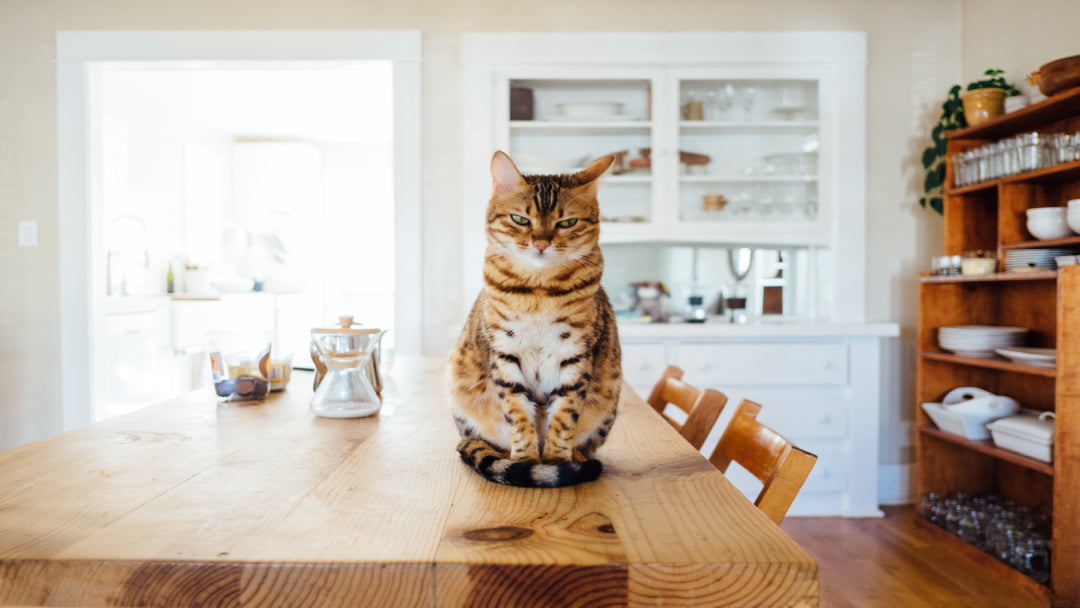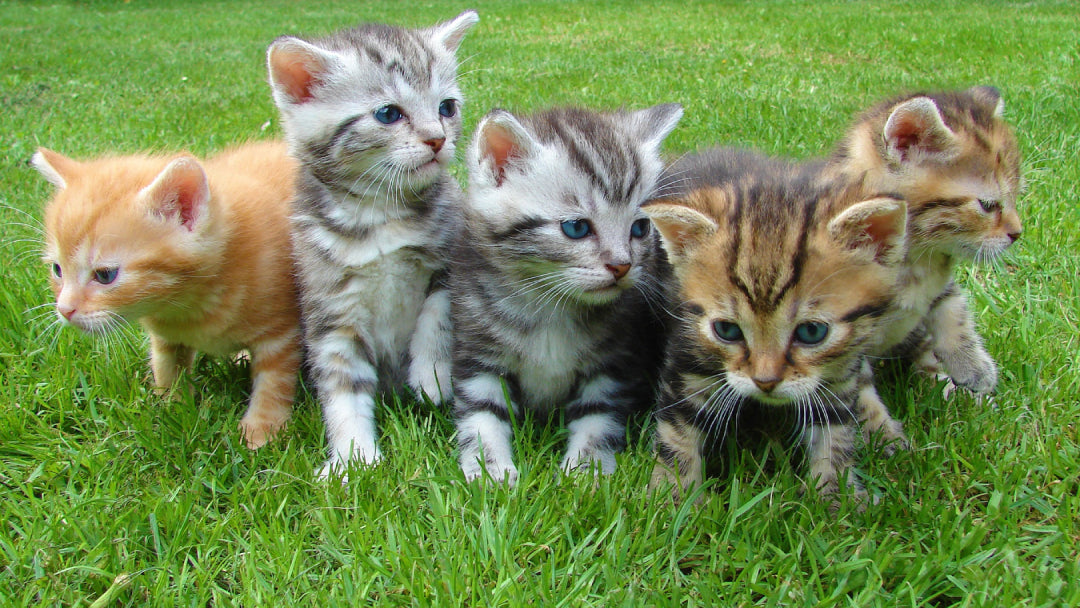Cats are one of the most beloved pets around the world, and as they grow and develop over time, it is no surprise why. From tiny kittens to full-grown cats, cats go through a number of changes that are fascinating to observe.
As they grow, cats go through physical, behavioral, and social changes that make them the companions we all know and love. Understanding these growth stages can help us provide the best care possible for our cats and ensure their health and happiness.
Related: Hemp For Pets 101
What Are the Life Cycle of Cats?
Cats typically have a life expectancy of 12-18 years, although this can vary depending on the breed, size, and environment. The life cycle of cats can be broken down into five stages:
Stage 1: Kittenhood (0-7 months)
This is the stage of growth and exploration for a kitten. They will learn how to interact with their environment and form strong bonds with their owners. Kittens will also learn how to use the litter box, explore their surroundings, and even start to develop their own personalities.
Stage 2: Adolescence (7 months - 2 years)
Once cats reach the adolescence stage, cats will start to become more independent and assertive. They may become more vocal, begin to mark territory and start to show more independence. During this time, around the 18-month mark, cats are considered fully grown.
Stage 3: Prime Adulthood (2 years - 7 years)
During the prime adulthood stage, cats will be more settled in their environment. They will develop a routine and become more content with their lives. At this stage, they are considered to be in what is considered the healthy prime of their lives.
Stage 4: Mature Adult (7 years to 10 years)
At this stage, cats are considered to be fully mature. Similar to people, when they reach the middle of their lives, mature adult cats will slowly start becoming less active as they get older. Health problems can become more of an issue since this is the stage that health issues start surfacing. Here are a few of the more common health issues that may come up at this stage of life:

Weight Gain
Cats are renowned for their agility and intelligence, but we can’t forget that they can also easily gain weight if not properly taken care of. Like with any living creature, cats should be fed a balanced diet, given regular exercise, and monitored for any changes in their weight.
If a cat is consuming more calories than it is using, it can lead to obesity and other weight-related health problems. This is especially true for older cats, as they tend to be less active and have a slower metabolism.
To prevent weight gain, it is important to feed your cat the right amount of food. Overfeeding can cause a cat to become overweight, and it is often difficult to discern how much food is too much. If you’re unsure, consult your veterinarian for advice.
In addition to dietary concerns, it is also important to make sure your cat is getting enough exercise. Cats are creatures of habit and typically do not need a lot of physical activity, but playing with them and providing opportunities for them to explore their environment can help keep them healthy.
Related: My Pet Has an Eating Disorder, Help They Won’t Eat!
Chronic Renal Disease
Cats are naturally prone to developing kidney disease and it is estimated that up to 35% of cats over the age of 15 will suffer from the condition. This is because cats' kidneys become less efficient as they age, leading to a decreased ability to filter out toxins and waste from their bodies.
Kidney disease in cats can be caused by a variety of factors, including infections, age, genetic predisposition, chronic toxin exposure, and trauma. Signs of kidney disease in cats include increased thirst and urination, weight loss, vomiting, and poor coat condition. If left untreated, kidney disease can lead to anemia, high blood pressure, and in some cases, death.
Arthritis
Cats are highly susceptible to arthritis due to their small bones and joints, and the condition can be quite painful for them. Arthritis is a degenerative joint disease that can cause pain, stiffness, and swelling in the joints of cats. It is more common in older cats and can be caused by age-related wear and tear, obesity, or injury.
Related: Pet Clinical Trial - Arthritis and Pain
Symptoms of arthritis in cats include decreased activity, limping, an unwillingness to jump, difficulty climbing stairs, and changes in behavior, such as hiding or aggression. If you think your cat may be suffering from arthritis, it is important to take them to the vet for an examination.
Treatment for cats with arthritis typically includes pain relief medications, physical therapy, and lifestyle changes. Weight management is an important part of the treatment plan, as cats that are overweight are more prone to developing arthritis. A diet change to low-calorie, high-fiber food may be recommended, as well as providing a comfortable place for your cat to rest.
It is also important to keep your cat active by providing them with toys and scratching posts to help keep their joints flexible.
Looking to help out with your cat’s arthritis pain? Try our Ouchie formula to get your cat back on their paws in no time!

Stage 5: Senior Cats (10 years and older)
Senior cats are cats that are ten years or older. As cats age, they experience changes in behavior due to various physiological, environmental, and psychological factors.
Senior cats may sleep more, become less active, and become less interested in playing. They may also experience changes in appetite and may develop medical conditions such as kidney disease, diabetes, and arthritis.
Cats that are considered seniors may need more frequent veterinary check-ups, dietary modifications, and medication for certain conditions. It is important to monitor cats for changes in behavior, appetite, and activity level. If any of these changes occur, it is important to contact a veterinarian for advice.
Looking to keep your senior cat feeling like they’re back in their prime? Try our Forever Young formula to get the pep back in your cat’s step!
Final Thoughts
Although cats will generally stop growing around 18 months, some large breed cats will grow for two full years. Remember, no matter how big your cat gets or what life cycle they are in, they will always need your attention and love.



